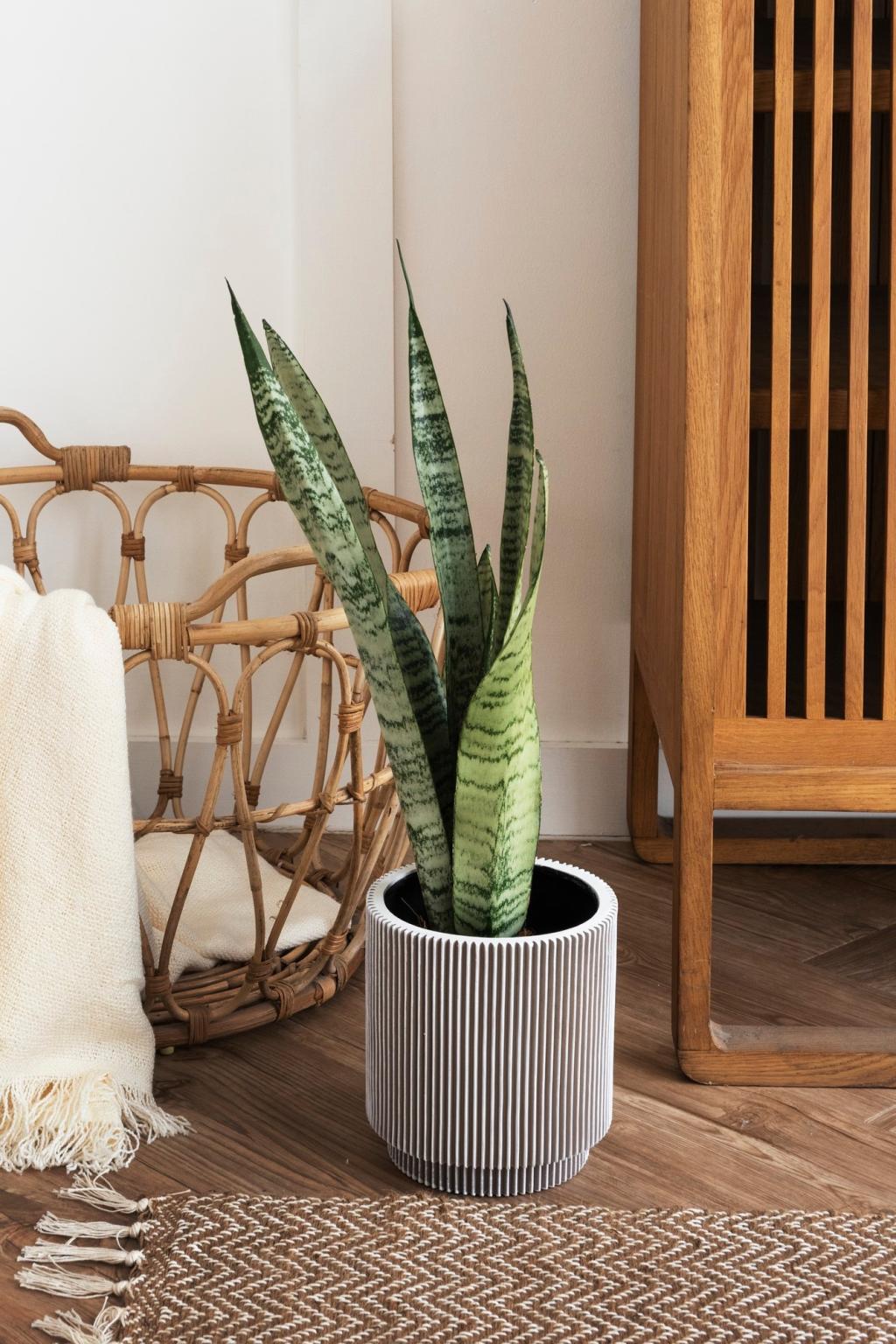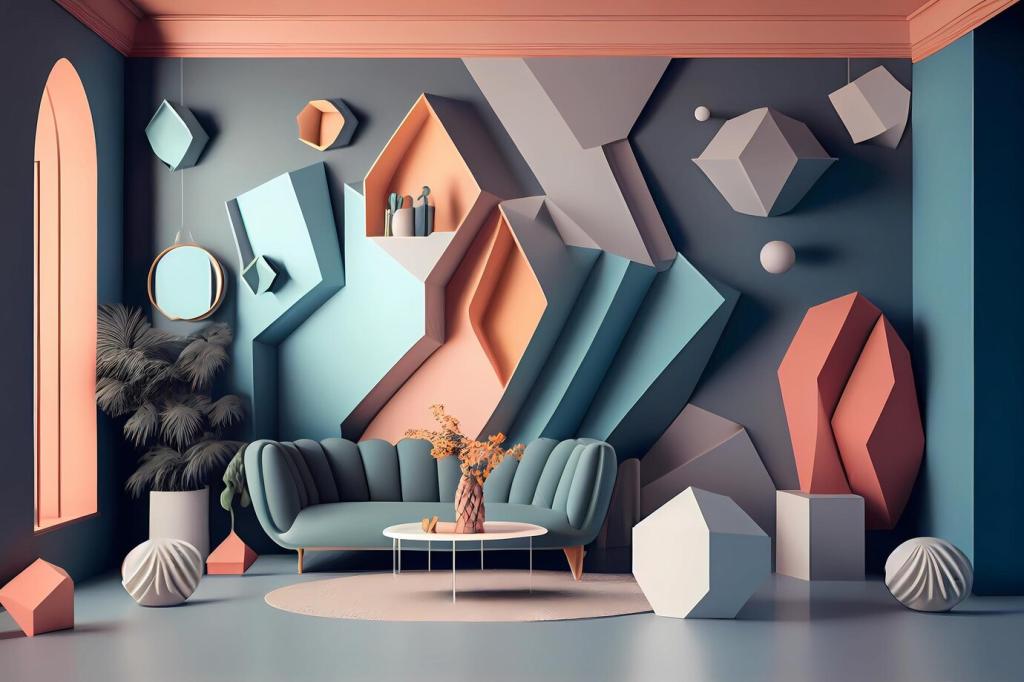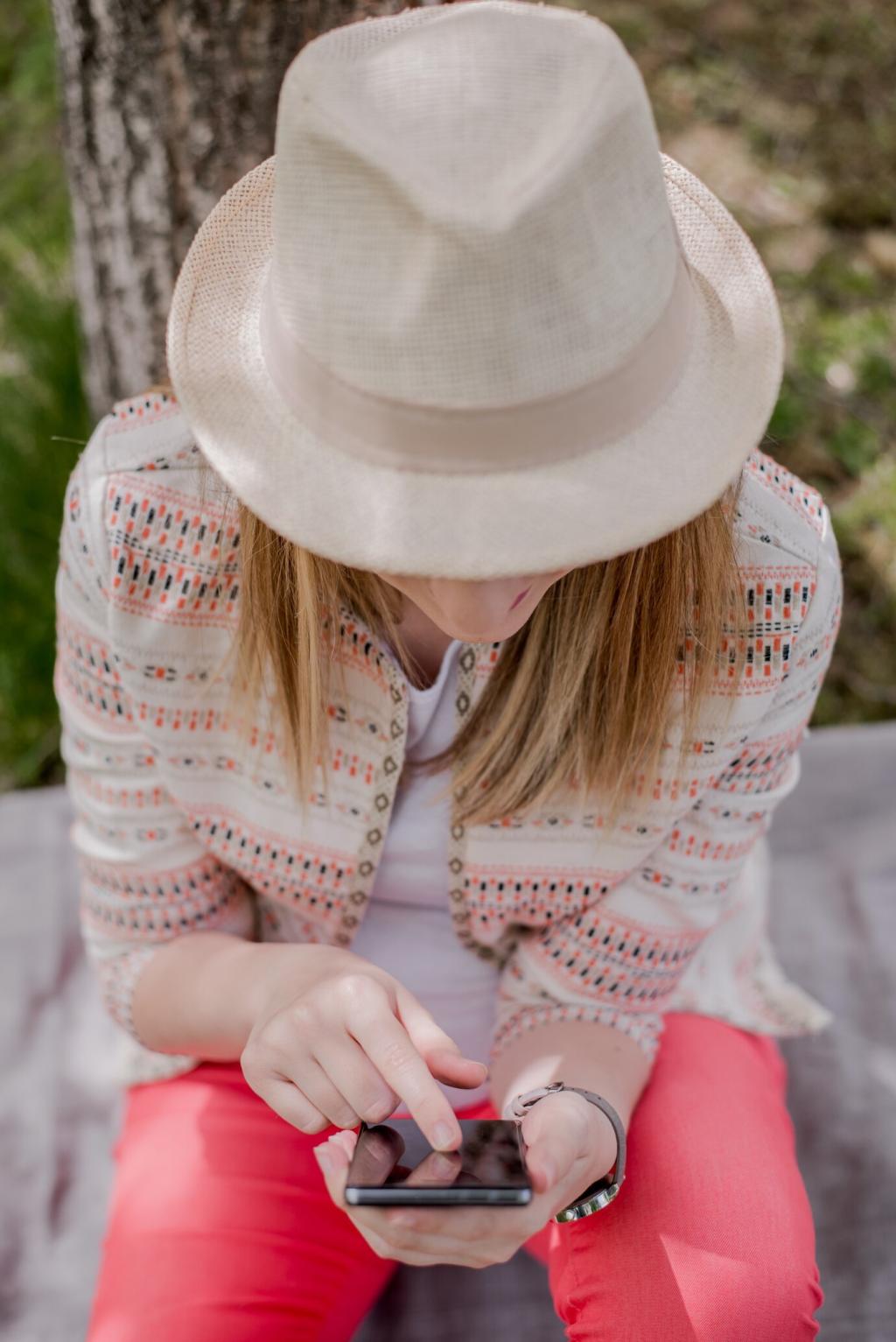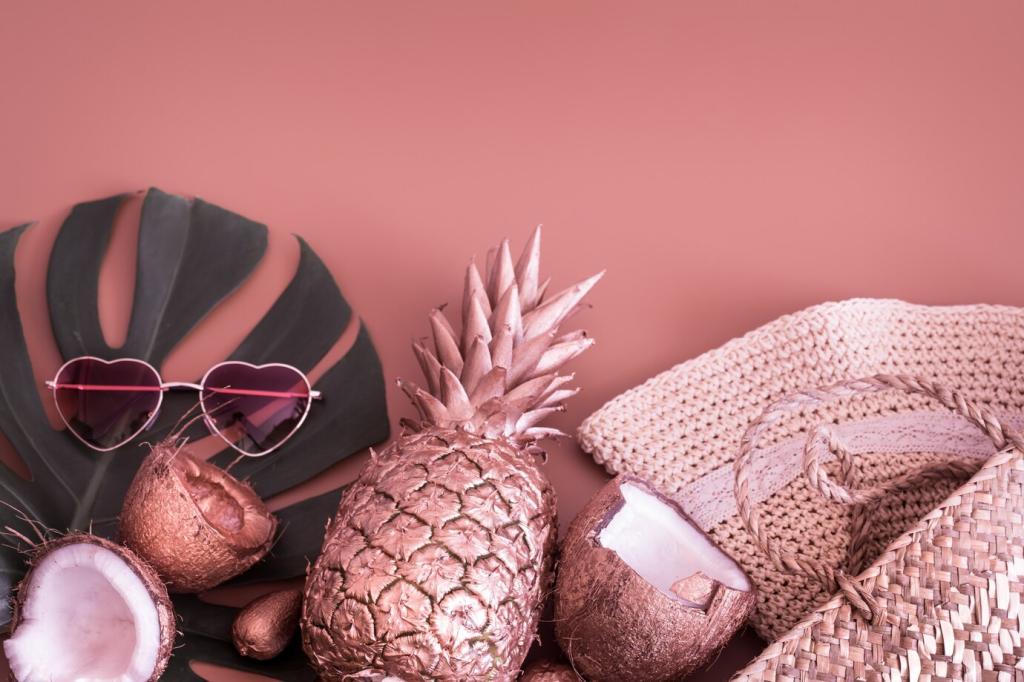Home Décor Trends for Minimalist Interiors
Discover the latest trends transforming minimalist interiors into tranquil, inviting, and highly functional living spaces. Minimalism continues to evolve beyond the simplistic “less is more” mantra, embracing warmth, personality, and sophistication without clutter. In this comprehensive guide, explore eight key themes driving contemporary minimalist décor, with actionable ideas on color palettes, furnishings, textures, lighting, functionality, and mindful design. Each section delves into essential elements that balance simplicity with stylish expression, showing you how to curate spaces that feel purposeful, comfortable, and visually harmonious.

Serene Color Palettes
Calming Whites and Beiges
Whites and beiges create the impression of openness and continuity throughout a space, making even compact rooms feel more expansive. By harnessing these tones, minimalist designers minimize distractions, allowing thoughtfully selected décor pieces to shine. The soft warmth of creamy beige or off-white offers a subtle depth that feels inviting and serene, rather than stark or clinical. Pairing these shades with light wood accents and simple textiles further enhances their appeal, bringing a sense of natural light and peace into any environment.
Subtle Greys and Earthy Undertones
Moving beyond plain monochrome, today’s minimalist palettes frequently introduce gentle greys blended with earthy undertones—think taupe, clay, or sand. This nuanced approach adds dimension while retaining restraint, striking a perfect balance between cool sophistication and nurturing comfort. Grey hues can flex from modern to rustic depending on their undertones, seamlessly integrating with both architectural features and soft furnishings. These colors evoke stability and timelessness, making them ideal for anchoring minimalist spaces.
Pops of Soft Color for Warmth
While the minimalist ethos values restraint, current trends embrace strategic pops of color—especially in pastel or desaturated forms—to ward off monotony. Blush pink, sage green, or powdery blue can be introduced through accent cushions, artwork, or decorative ceramics. These diluted shades provide subtle contrast while maintaining the overall calm aesthetic of the interiors. Soft colors infuse life and character, proving minimalism need not be strictly monochromatic to feel cohesive and refined.

Streamlined Shapes and Low Profiles
Furniture with sleek, geometric forms and low-slung profiles support the minimalist preference for unobtrusive elegance. Sofas, chairs, and tables are often characterized by subtle curves or sharp edges, eschewing ornate flourishes for well-considered proportions. This aesthetic encourages uninterrupted sightlines and an airy flow between zones, allowing the architecture itself to take center stage. The visual simplicity of such pieces brings a lasting sense of order to any room arrangement.

Multi-Functional Pieces
Responding to the demand for versatile living, current trends highlight furniture that serves more than one purpose. Think modular sofas that rearrange to suit various activities, ottomans with hidden storage, or dining tables that double as workstations. These smart solutions save space and promote flexibility, making it easier to adapt interiors for entertaining, relaxing, or working from home. Multi-functional furnishings embody the minimalist philosophy by combining utility and style, demonstrating how thoughtful design can facilitate a clutter-free lifestyle.

Sustainability-Inspired Selection
The trend towards sustainability influences minimalist furniture choices through the use of durable, responsibly sourced materials. Pieces crafted from certified wood, recycled metal, or upcycled elements underscore a commitment to longevity and ethical consumption. By choosing quality over quantity, homeowners curate enduring collections that align with environmental consciousness while reinforcing the timeless, pared-back appeal of minimalist design. This thoughtful curation supports a space that’s both stylish and ethical.
Organic Textiles
Minimally styled rooms benefit immensely from soft, organic textiles such as linen, cotton, wool, or bamboo blends. Drape a linen throw over a streamlined sofa, or lay a textured rug atop hardwood floors to introduce visual interest and tactile pleasure. These fiber-rich accents absorb and reflect light differently, bringing subtle dynamism without the need for bold colors or patterns. Natural textiles also regulate temperature well, offering both comfort and utility while aligning seamlessly with a minimalist ethos.
Raw Wood Accents
Unfinished or lightly treated wood elements lend warmth and authenticity to minimalist spaces. Wood beams, side tables, shelving, and cabinetry with visible grain showcase the beauty of natural imperfections—knots, swirls, and color variations enhance the room’s organic appeal. The interplay between smooth, modern surfaces and raw wooden accents grounds the space, creating a striking contrast that feels simultaneously contemporary and timeless.
Stone and Ceramic Details
Marble countertops, slate tiles, or handcrafted ceramic vases typify the emerging trend toward earthy, lasting materials in minimalist interiors. Incorporating these elements infuses a sense of craftsmanship and permanence. The matte finish of stone, paired with the delicate sheen of ceramics, provides a pleasing counterbalance to other materials. These durable, nature-inspired accents introduce sensory richness that keeps spaces from feeling sterile.
Previous slide
Next slide
Mindful Space Organization
Thoughtful Zoning
Open-plan living is common in minimalist interiors, but thoughtful zoning—using rugs, lighting, or furniture placement—delineates functional areas without physical barriers. This strategic division maintains a sense of flow while offering distinct spaces for activities like dining, working, or relaxing. Each zone remains visually harmonious with the next, minimizing distractions and reinforcing a cohesive overall scheme.
Hidden Storage Solutions
Current trends emphasize cleverly concealed storage that keeps necessary items close at hand yet out of sight. Think built-in cabinetry flush with walls, under-bed drawers, or discrete floating shelves. Such features diminish visual clutter and preserve clean lines throughout the home. By integrating storage into the home’s structure, residents resist accumulation and maintain order, upholding minimalist ideals of simplicity and functionality.
Curating Essentials
Minimalist spaces flourish when curated with only the most meaningful or beautiful possessions. Today’s trend is to showcase select items—be it a favorite art piece or cherished book—while rigorously editing out the superfluous. This process of conscious selection encourages mindful consumption and leads to more personal, authentic interiors. Fewer, better pieces have more impact, contributing to an environment that feels intentional and inspiring.


Statement Artworks
Minimalist spaces are perfect galleries for striking artwork, whether it’s a large abstract canvas or a monochrome photograph. Single, bold pieces create visual drama without competing for attention. Art is often displayed with room to breathe—hung alone on expansive walls or propped casually upon a console. This curatorial approach elevates both the piece and the architecture, cementing the home as a reflection of the resident’s style and passions.

Thoughtful Object Placement
Decorative objects—such as sculptural ceramics, vases, or unique lamps—should be displayed with intention. Rather than clustering many items, current minimalist trends encourage spacing out a select few favorites on open shelving or sideboards. The negative space around these objects becomes part of the aesthetic, allowing each piece to stand out and be appreciated. This measured styling technique fosters calm and order while communicating personality.

Textural and Handmade Elements
Handcrafted items introduce subtle variations and soul to minimalist environments. Woven baskets, artisan pottery, or hand-knotted textile hangings provide texture and narrative, reminding us of human connection and craft. By incorporating carefully sourced handmade pieces, interiors feel less generic and more rooted in tradition or personal narrative, elevating the minimalist home into a sanctuary enriched by meaningful stories.
Indoor-Outdoor Harmony
Generous windows invite nature inside, flooding rooms with daylight and establishing a visual link with exterior vistas. Minimalist window treatments—such as sheer drapes or unobtrusive blinds—preserve the clarity of these openings while ensuring privacy as needed. The unobstructed view connects inhabitants to the seasonal rhythms outside, fostering a deep sense of tranquility and well-being.

